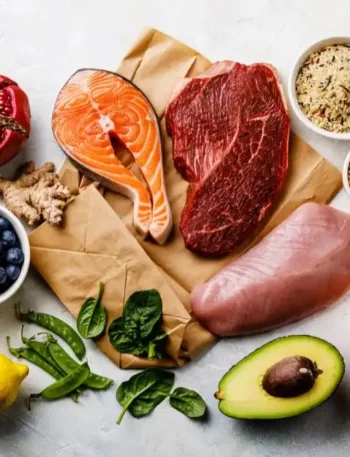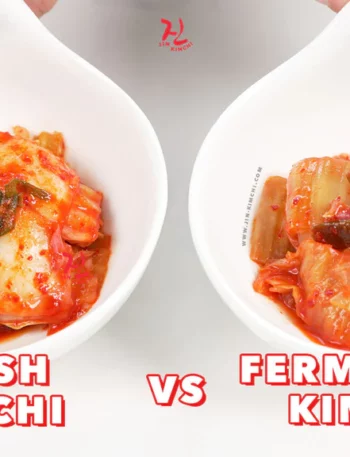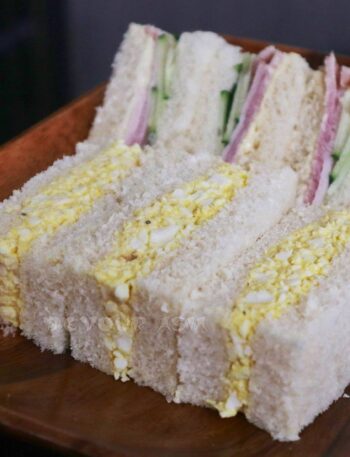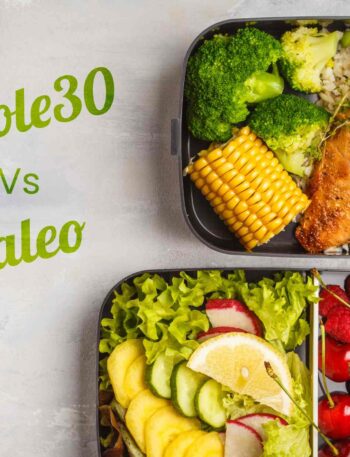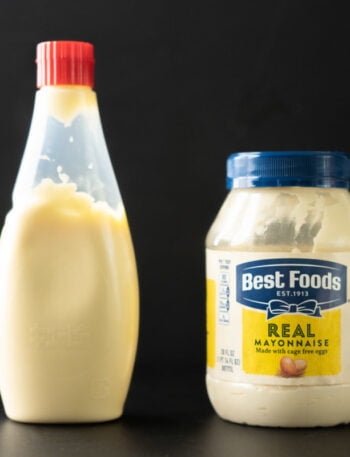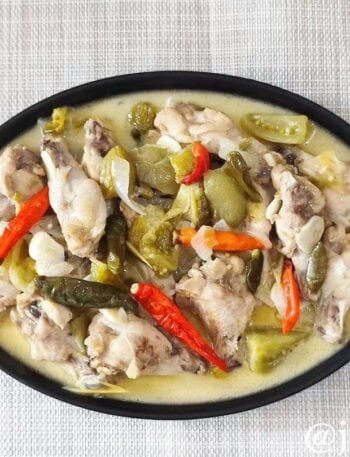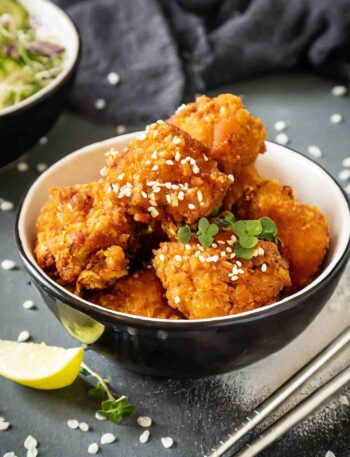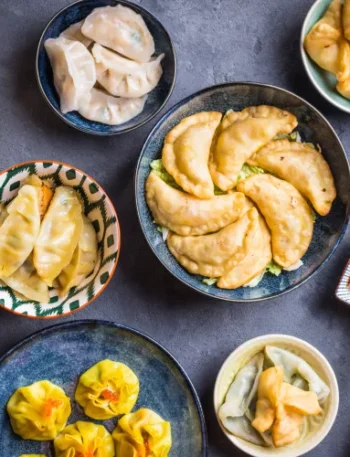Let me tell you about the day I realized my love for pasta wasn’t entirely about the pasta. One lazy Sunday, I whipped up a comforting bowl of fettuccine alfredo.
Creamy, cheesy, carb-loaded perfection. But instead of reaching for my go-to blue plate, I grabbed a white one.
The same dish, different plate. And guess what? It hit different. Suddenly, my alfredo looked extra rich, like it belonged on a five-star restaurant menu.
I ate slower, savoring every bite like I was the star of my own cooking show. That’s when it dawned on me: the plate was pulling the strings.
The Psychology Behind Plate Color
Science backs this up: the color of your plate messes with your brain. It’s like a magician pulling a rabbit out of a hat — you see the rabbit, but you’re not sure how it got there.
Researchers have found that high-contrast colors (think: white sauce on a dark plate or a vibrant salad on white china) make your food pop.
This visual drama not only makes the dish look tastier but also tricks your brain into thinking there’s more food than there actually is. You end up eating less while still feeling satisfied. Win-win, right?
On the flip side, when your plate color blends in with your food — like spaghetti marinara on a red plate — it’s harder to gauge portion sizes.
Your brain, ever the multitasker, sort of snoozes on the job. Before you know it, you’ve demolished three servings and are eyeing dessert.
Mood, Appetite, and Plate Vibes
Colors also play mind games with your mood.
Ever noticed how red and yellow dominate fast-food joints? Those colors scream eat faster, order more. But at home, soft hues like blue or green can work like a Jedi mind trick, calming you down and slowing your pace.
Perfect for when you’re trying to savor a meal or keep yourself from devouring that entire cheesecake in one sitting.
I remember experimenting with this at a family BBQ. I served coleslaw on green plates and ribs on red ones. Guess what vanished first? The ribs, no contest.
My uncle even joked, “This plate makes the ribs taste like a backyard miracle.”
So, How Can You Use This Sorcery?
Let’s put this knowledge to work! Want to eat less without feeling deprived? Go for a smaller, high-contrast plate.
Craving indulgence but don’t want to overdo it? Serve that chocolate cake on a dark dish — it’ll feel extra indulgent, and you’ll likely take smaller bites.
And if you’re hosting, play around with plate colors to set the vibe. Need your guests to linger over dinner? Blue plates. Throwing a party? Bust out bold reds and yellows to keep the energy up.
My Favorite Hack
Here’s my go-to move: when I’m feeling snacky but trying to keep it under control, I grab a tiny, brightly colored plate.
A handful of chips on a sunflower-yellow saucer looks like a feast. I get the same dopamine hit without a side of guilt.
At the end of the day, plates aren’t just dishes; they’re tools in your culinary toolkit. And just like you wouldn’t hammer a nail with a screwdriver, you shouldn’t underestimate how the right plate can set the tone for a meal.
So, next time you reach for that generic white plate out of habit, think about what you’re craving. Play around, experiment, and see how your plate can literally change the flavor of your meal.
And if anyone gives you a side-eye for having a rainbow of plates in your cupboard, just tell them you’re practicing food psychology. Because life’s too short to eat off boring plates.


